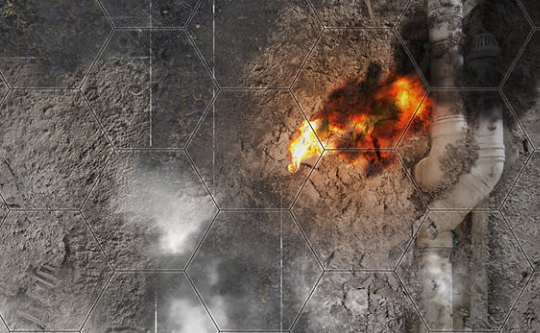

The authors of the research mentioned above stated that they put the list of carbon bombs together to provide a focus for climate activists and policymakers on “defusing” the biggest fossil fuel projects. And yet the climate crisis refuses to wait for the world to be ready. This leaves no easy path to decarbonization. Despite recent progress on decarbonizing their economies, countries are now scrambling for fossil fuels to burn. Millions of people, particularly from developing countries, are struggling to get by in a time marked by rising energy prices due to the war in Ukraine. This revelation comes at a the most difficult time yet for tackling climate change. This is twice the world’s total remaining carbon budget for even a chance to meet the targets laid out in the Paris Agreement to keep global warming in check. Oil, gas and coal carbon bombs combined are expected to emit 1,182.3 gigatons of carbon dioxide. (For reference, 1 ton of carbon dioxide is approximately equivalent to the emissions from a single passenger flying from Paris to New York a gigaton is a billion of these flights.) Although the Guardian article only included oil and gas projects, the research on which it was based found that 425 carbon bombs exist when coal projects are included. This May, The Guardian published an in-depth article introducing readers to “carbon bombs” – fossil fuel projects planned or in operation that over their lifetime will release more than 1 gigaton of carbon dioxide emissions. Over decades, concerned individuals have changed their diets, switched to renewable energy, taken organized action and invested money in a desperate bid to save future generations from the hardships of living in a world heated beyond 1.5 degrees Celsius.īut these efforts could be derailed by massive fossil fuel projects either planned or already running. Send us a direct message via Twitter or Instagram or email via our contact form.Much has been done by countless people, organizations, businesses and leaders to stave off the effects of climate change.

Imagery at higher zoom levels © Microsoft. Labels and map data © OpenStreetMap contributors. Radar data via RainViewer is limited to areas with radar coverage, and may show anomalies. Weather forecast maps use the latest data from the NOAA-NWS GFS model. Imagery is captured at approximately 10:30 local time for “AM” and 13:30 local time for “PM”.

HD satellite images are updated twice a day from NASA-NOAA polar-orbiting satellites Suomi-NPP, and MODIS Aqua and Terra, using services from GIBS, part of EOSDIS. Heat source maps show the locations of wildfires and areas of high temperature using the latest data from FIRMS and InciWeb. Tropical storm tracks are created using the latest forecast data from NHC, JTWC, NRL and IBTrACS. Blue clouds at night represent low-lying clouds and fog. EUMETSAT Meteosat images are updated every 15 minutes.Ĭity lights at night are not real-time.

Live weather images are updated every 10 minutes from NOAA GOES and JMA Himawari-8 geostationary satellites. Explore beautiful interactive weather forecast maps of wind speed, pressure, humidity, and temperature. Watch LIVE satellite images with the latest rainfall radar. Track tropical storms, hurricanes, severe weather, wildfires and more. Zoom Earth visualizes the world in real-time.


 0 kommentar(er)
0 kommentar(er)
